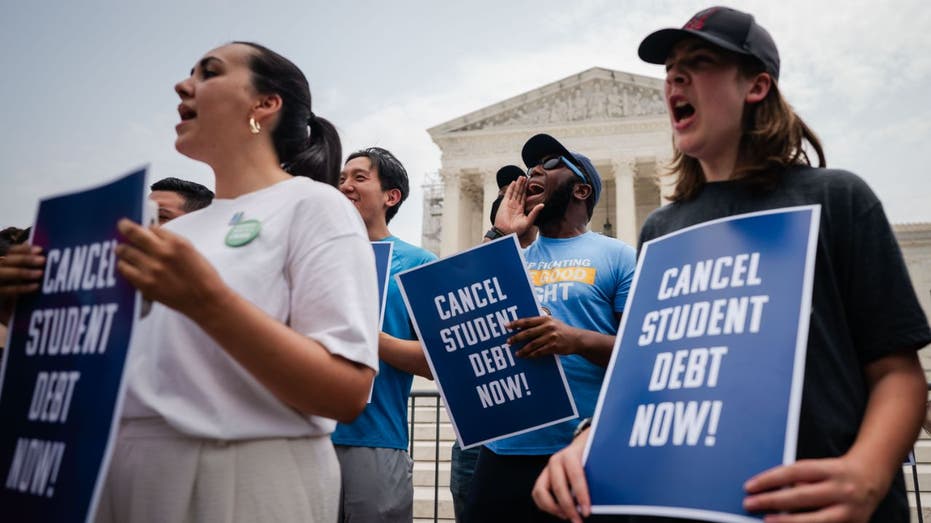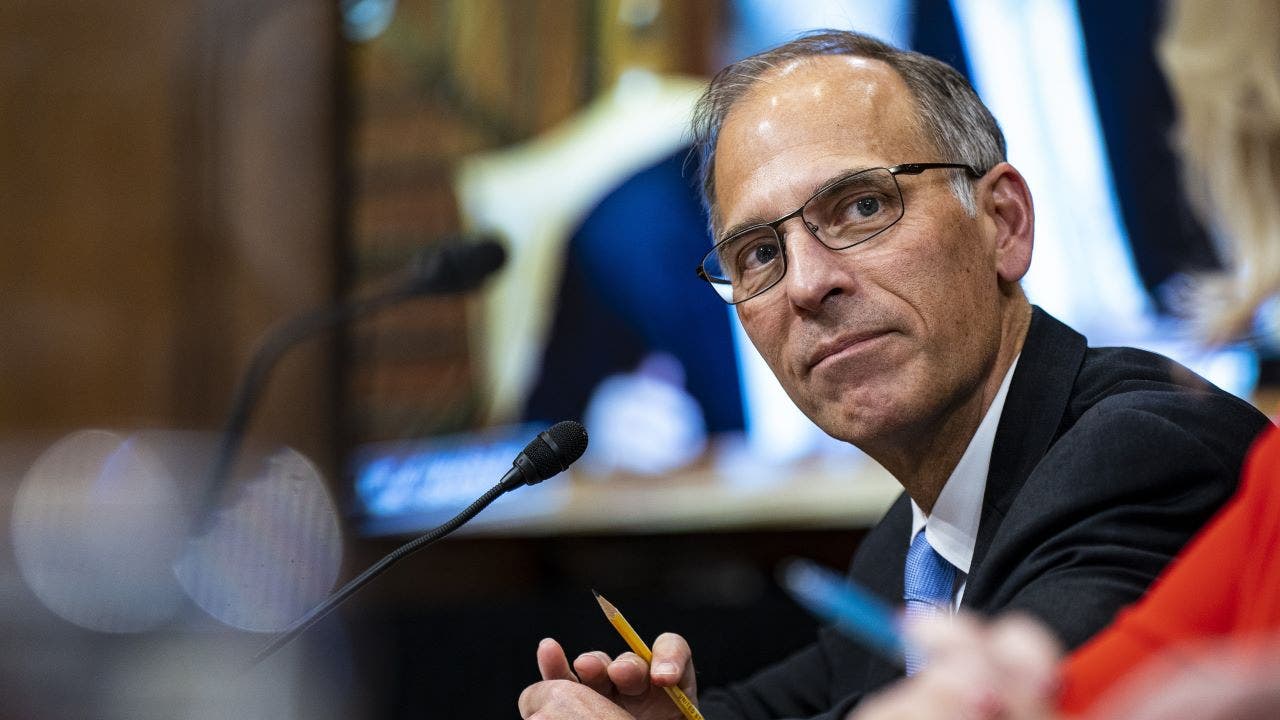The Federal Reserve Bank of New York on Tuesday reported a significant rise in the number of delinquent student loans after the end of a moratorium on student loan repayment and the resumption of reporting delinquencies to credit agencies.
The New York Fed’s Center for Microeconomic Data released its Quarterly Report on Household Debt and Credit, which found that the number of student loans transitioning into serious delinquency rose “sharply” in the second quarter.
From the second quarter of 2020 to the fourth quarter of 2024, missed federal student loan payments weren’t reported to credit bureaus and, with the resumption of reporting, delinquency rates have risen.
The New York Fed found that, in the second quater of 2025, a total of 10.2% of aggregate student loan debt was 90 or more days delinquent, a figure that is slightly below pre-pandemic levels that were roughly 12% from 2013 until those rates were driven to 2% or lower during the pandemic era repayment pause.
TRUMP ADMIN RESUMING INTEREST CHARGES FOR NEARLY 8M STUDENT LOAN BORROWERS AFTER BIDEN’S LIMBO
The total amount of outstanding student loan debt was $1.64 trillion in the second quarter of 2025 after rising by $7 billion in the quarter.
Additionally, the share of student loan debt entering serious delinquency, considered 90 days or more late, jumped to 12.9% at the end of June, up from 8% in March and above pre-pandemic trends that were around 9-10% from 2012 into early 2020, when the moratorium initially took effect.
STUDENT LOAN DELINQUENCIES TANK CREDIT SCORES FOR MILLIONS OF BORROWERS: HOW TO RECOVER

Among different age groups, the transition into serious delinquency was the highest among borrowers 50 and up, which was roughly 18%.
Borrowers in the 40 to 49 age range were the next highest at nearly 14%, while those between the ages of 30 and 39 were a little higher than 11%. The youngest cohort of borrowers in the 18-29 age range had the lowest rate of transitioning into serious delinquency at more than 8%.
460K STUDENT LOAN BORROWERS DENIED SAVE PLAN, FACE HIGHER REPAYMENTS: REPORT

The New York Fed’s report also noted that credit card debt rose by $27 billion in the second quarter to $1.21 trillion, while auto loan borrowing rose $13 billion in the same period to $1.66 trillion.
Some of the rise in auto-related borrowing was tied to an uptick in car buying to get ahead of tariff-related price increases, the bank’s researchers said in a post.
“Despite economic uncertainty, Americans seem to be holding steady,” said Matt Schulz, a LendingTree chief consumer finance analyst. “Debt and delinquencies ticked up slightly, but, overall, this was a typical second quarter, except when it comes to student loans. The impact of the federal repayment restart continues to grow, and it has been substantial.”
Reuters contributed to this report.












